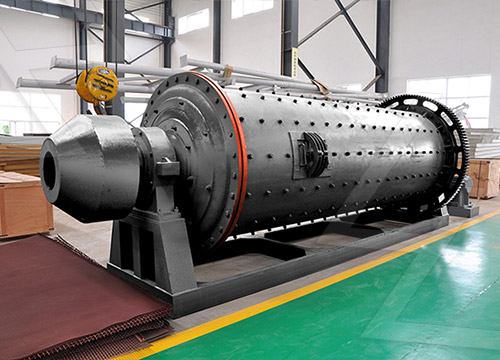A ball mill is a key piece of equipment in the cement manufacturing process, specifically used to grind limestone into a fine powder. Limestone is an essential material for the production of cement due to its versatility and abundance in nature. This essay will discuss the importance of limestone grinding in cement plants and explain the role of a ball mill in this process.
Limestone is a sedimentary rock composed primarily of calcium carbonate (CaCO3). It is often found in large deposits, making it a cost-effective and readily available raw material for cement production. Limestone is a crucial component of cement because it provides calcium, which reacts with other materials in the manufacturing process to form the desired chemical compounds.

To incorporate limestone into cement, it must be ground into a fine powder. Grinding the limestone increases its surface area, allowing for better interaction with the other materials in the cement mixture. This process enhances the chemical reactivity and improves the overall quality of the final product.
The ball mill is a commonly used piece of equipment for grinding limestone in cement plants. It consists of a rotating cylindrical shell filled with grinding media such as steel balls or rods. The material to be ground is fed into the shell through a central hole and is continuously impacted and ground by the grinding media as the mill rotates.
The primary function of the ball mill in the cement manufacturing process is to grind the limestone to the desired fineness. The fineness of the limestone powder has a significant impact on the properties of the final cement product, such as setting time, strength, and workability. Therefore, achieving the optimal fineness of the limestone is crucial.
The grinding process in a ball mill involves a combination of impact and attrition forces. As the grinding media collide with the limestone particles, they break them into smaller sizes. The size reduction continues as the particles move towards the discharge end of the mill. The ground limestone powder is then collected in a separator, while the larger particles are returned to the mill for further grinding.
Several factors influence the efficiency and performance of a ball mill in grinding limestone. The rotational speed of the mill, the size and quantity of the grinding media, and the residence time of the material in the mill all play a crucial role. Additionally, the design of the mill liners can impact the grinding process by controlling the movement of the grinding media and optimizing the energy transfer. In modern cement plants, advanced technologies are employed to optimize the grinding process and enhance the overall energy efficiency. For example, high-efficiency separators are used to separate the fine particles from the coarse ones, reducing the recirculation of oversized particles and improving the overall grinding efficiency.
The grinding of limestone in a ball mill is a critical process in cement manufacturing. The ball mill helps to grind the limestone into a fine powder, increasing its surface area and improving its reactivity. The proper fineness of the limestone powder is essential for producing high-quality cement. Through the use of advanced technologies and optimization techniques, cement plants can achieve efficient and sustainable limestone grinding, contributing to the production of superior cement products.
